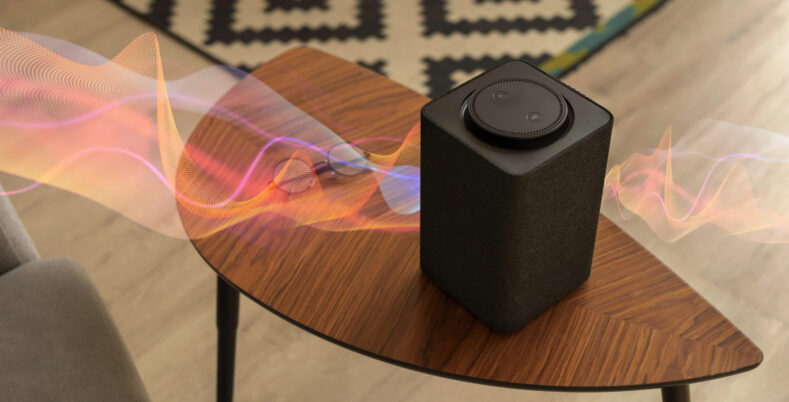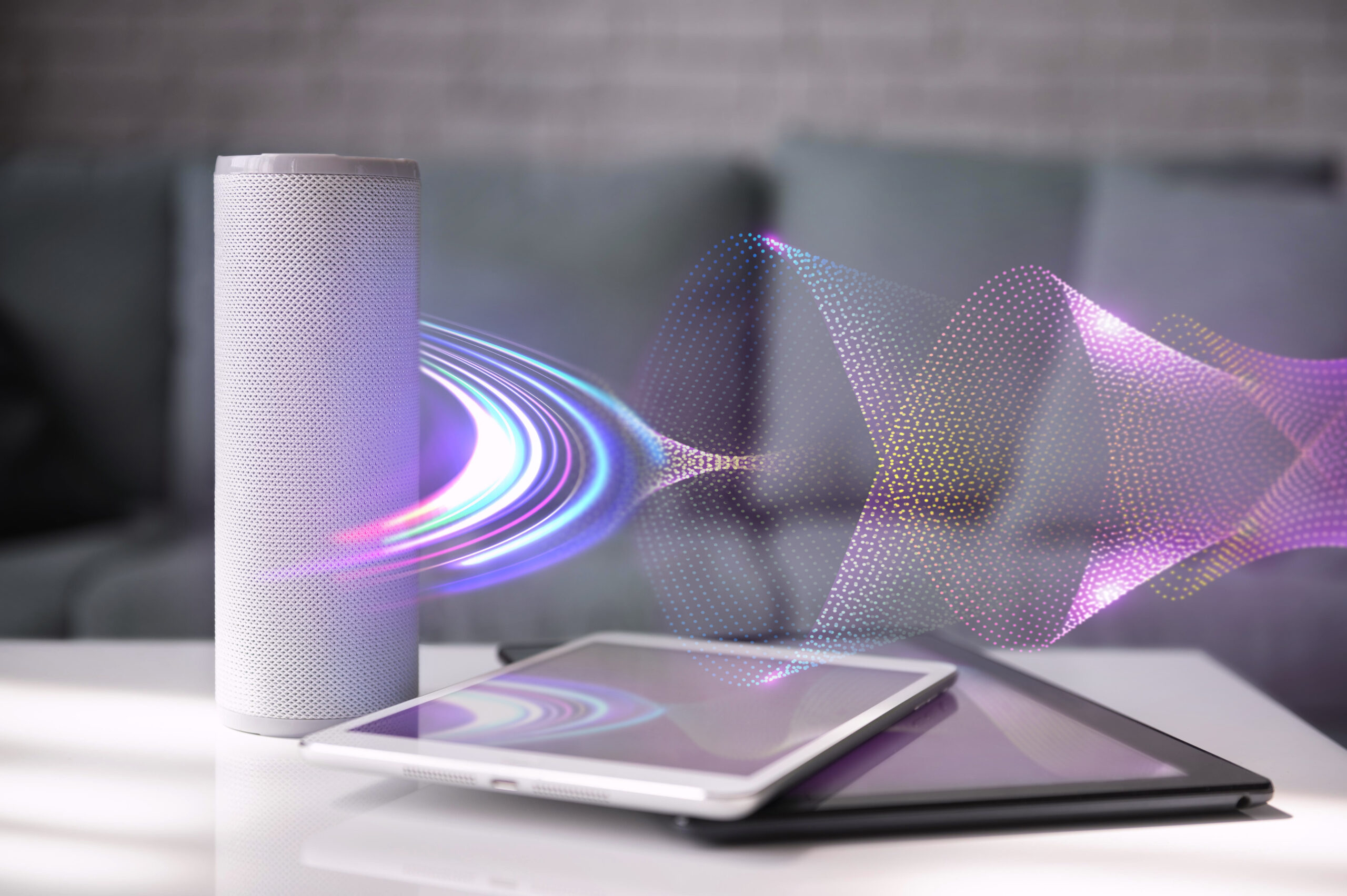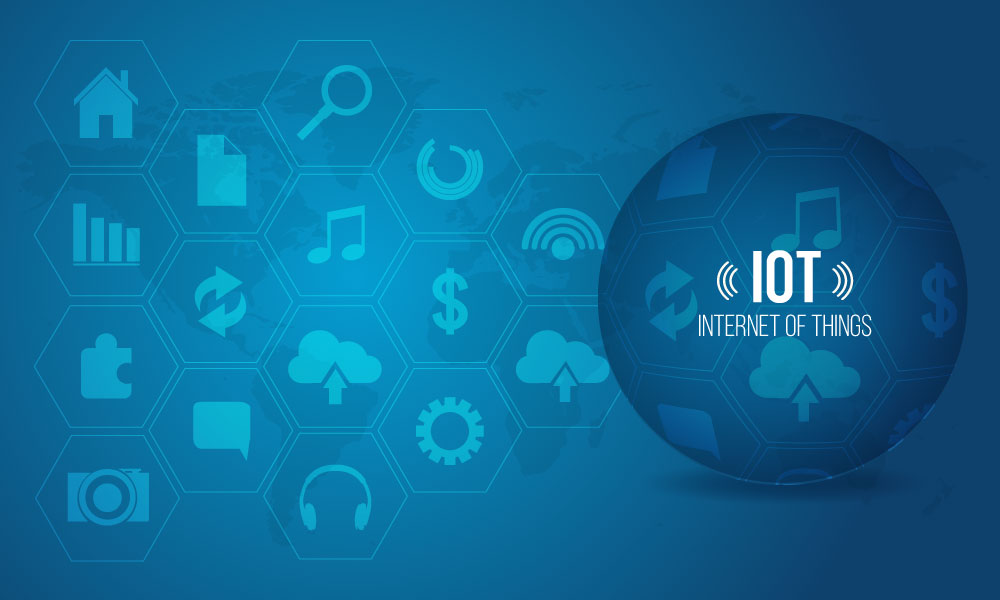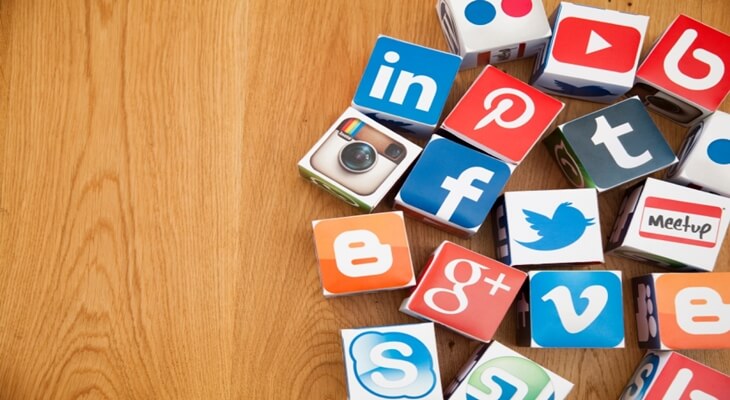The internet is now becoming a big buzz. Rather than this, it’s become one of the essential aspects of modern life. Wi-Fi is a commonly used internet connection that is drastically transforming the way we communicate, work, and access information.
Another groundbreaking technology is Li-Fi that stands for Light Fidelity. This technology vows the way we connect to the internet, offering faster, efficient and secure communication. But besides techies, the newbies might be new to the concept. In this blog, we’ll explore everything about Li-Fi technology, shedding light on its advantages, applications and more.
Let’s get started.
What is Lifi?
Lifi or Lite Fidelity is basically a wireless communication technology that uses clear, visible and infrared light for data transmission. Unlike the traditional Wi-Fi that uses radio waves, Li-Fi uses visible light from LEDs (Light Emitting Diodes) to deliver internet access. Lifi uses standard emitting diode
Lifi first came into existence in 2011, by Professor Harald Hass from the University of Edinburg. He spoke about the same in a TED Talk show, wherein he showcased how a simple LED bulb can stand as a strong medium for wireless data transmission.
How Does Lifi Work?
Here’s a step-by-step procedure about how Lifi works.
Light Source
Li-Fi makes use of LED bulbs as the primary source of light. These bulbs consist of microchips that modulate the light intensity at high speed, unnoticeable to the human eye.
Data Transmission:
The LED bulbs regularly blink on, and off which is at a rate that’s too fast for the human to detect. This blinking transmits binary data (0s and 1s). For example: an “on” state depicts 1 binary and an “off” depicts “0” binary.
Receiver:
There’s a light sensor or a photo detector, such as photodiode. It receives the modulated light signal and converts it back into electrical signals. These signals are then processed to retrieve the transmitted data.
Processing
The electrical signals that are received are processed by a device such as a mobile phone or computer, to interpret the data and provide internet access.
Benefits of Lifi Technology
Lifi offers a range of benefits over the traditional Wi-Fi system. Here we have listed down a few:
Super-Fast Speed
One of the significant benefits of Lifi technology is high data transfer speed. It can achieve speed of up to 224 Gbps, overpowering the capabilities of current Wi-Fi technology.
Security
Lifi offers an enhanced level of security compared to Wi-Fi. As light cannot penetrate through walls, the data transmission is limited to a specific area, decreasing the risk of unauthorized access. Any information that’s stored and shared is secured.
Cost
Lifi is cost-effective, it not only requires less components for its service, but also additional capacity for data transmission.
Availability
Connections are not an issue as light sources are available everywhere. Also, these lines and lights can be utilized as models for information transmission.
What are the Applications of Lifi?
Let’s look at some of the popular applications of Lifi.
Hospitals
Lifi is prone to electromagnetic interference, making it a great for applications in hospitals. The point is Lifi does not intrude with devices operating using radio frequencies. It can be used for varied purposes such as providing internet access, transmitting patient data, real-time patient monitoring, smooth communications and more.
Schools and Offices
Faster internet connectivity is the need of the hour! As discussed, Lifi offers faster speed even in the areas where density is too high. This makes it an ideal option for office buildings and universities where mostly wireless communication is being used.
Aviation
One of the important applications of Lifi is the aviation, where airplanes can easily benefit from LiFi. This can be done by providing the passengers with internet connection without interfering with the aircraft communication system. Another benefit is Lifi also helps to enhance the in-flight communication systems.
Smart Homes
Smart homes generally have internet connectivity in every nook and corner of the house, connecting all the devices in the house. However, using Lifi is beneficial as it helps to ensure security, interconnectivity and accessibility.
Wrapping it Up
Lifi offers a dramatic shift towards wireless communication, offering top-speed and secure data transmissions. There are certain companies working on developing LiFi products, these include Wipro, Signify, Lucibel, PureLifi and more. As the demand for faster connectivity is growing, Li-FI is completely transforming the future of wireless communication. It’s an ideal option for industrial use. Keep informed with all the tech-related insights through our blog section.
Read More:
Impact of Deepfake Technology on Society: Challenges and Solutions








